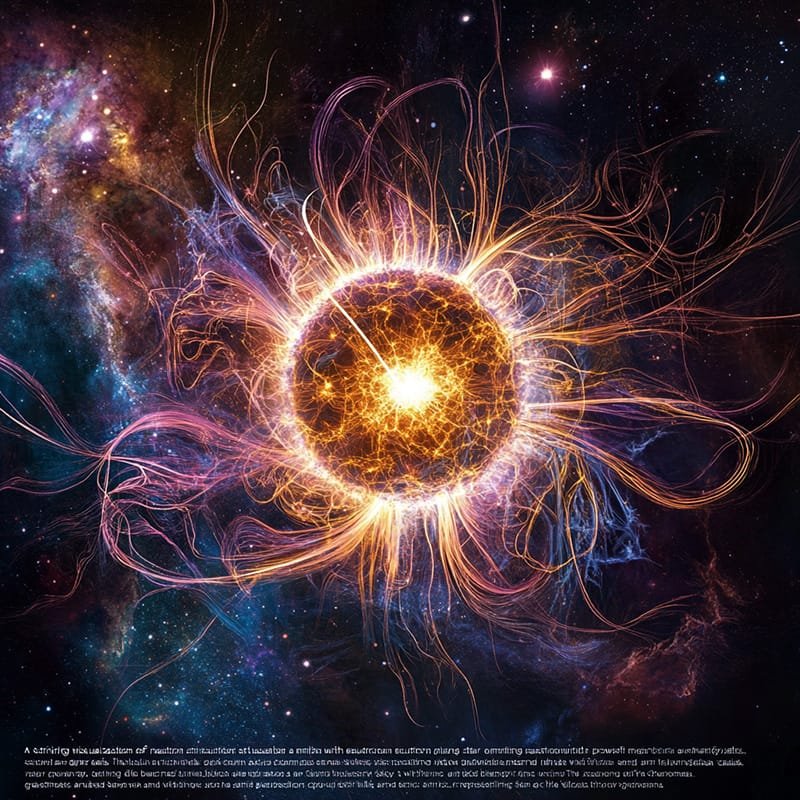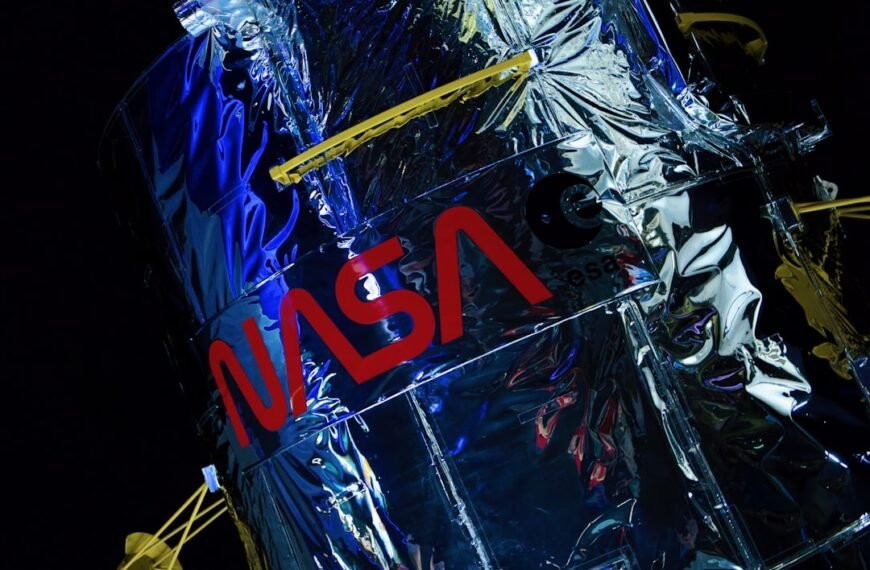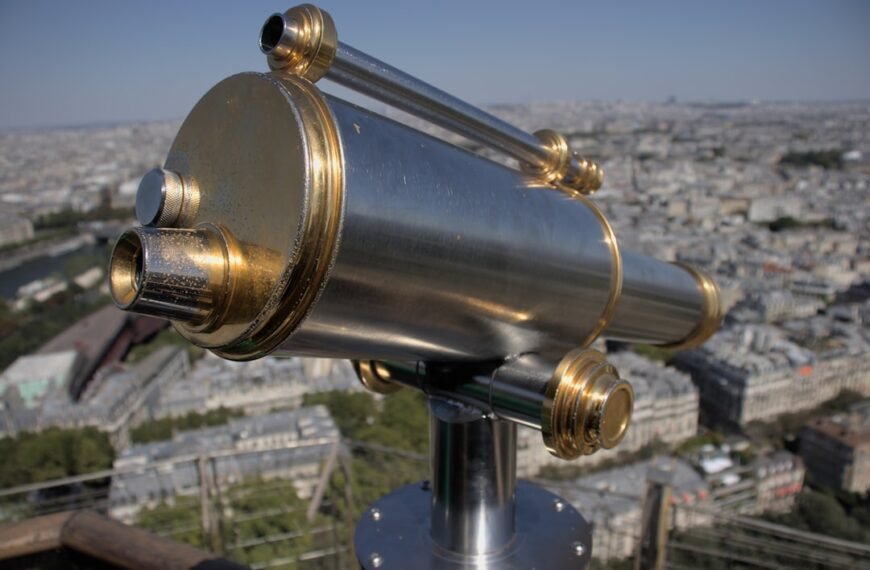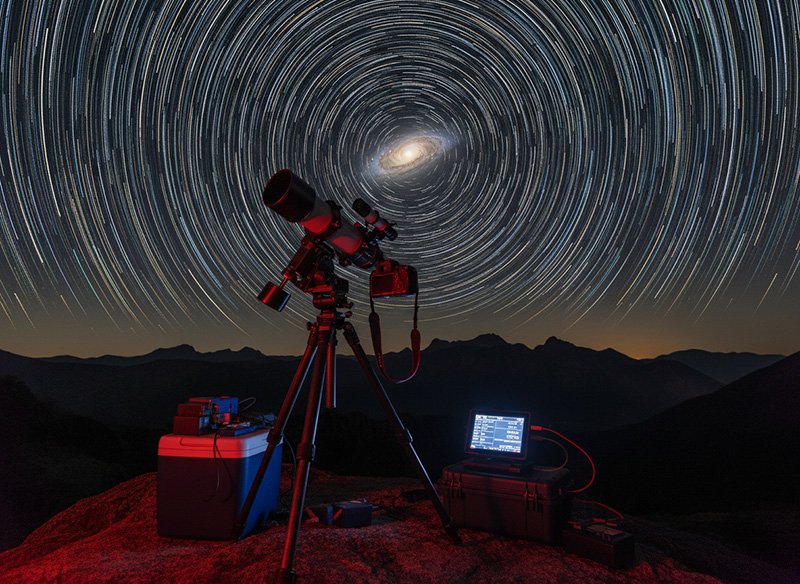Discover how a nearby supernova could unveil the secrets of dark matter and axions. Join the quest for cosmic knowledge now!
Key Takeaways
- Dark Matter remains one of the most elusive components of the universe, accounting for 85% of its total mass.
- Recent research suggests that a nearby supernova could help detect dark matter particles known as axions.
- The Fermi Gamma-ray Space Telescope plays a crucial role in this potential discovery.
- Understanding dark matter is essential for a complete cosmological model of the universe.
Dark Matter
Dark matter is a mysterious and invisible substance that makes up about 85% of the universe’s total mass. Despite its significant presence, dark matter does not emit, absorb, or reflect light, making it incredibly difficult to detect. Its existence was first proposed in the 1960s to explain the rotational curves of galaxies, which could not be accounted for by visible matter alone. Since then, dark matter has become a vital component of the Lambda Cold Dark Matter (LCDM) model, the most widely accepted cosmological model of the universe.
The Search for Dark Matter
For decades, scientists have been on a quest to identify the nature of dark matter. Initially, researchers focused on Massive Compact Halo Objects (MACHOs) as potential candidates. However, when MACHOs failed to provide answers, attention shifted to Weakly Interacting Massive Particles (WIMPs). Despite extensive research, WIMPs have also eluded detection, leading scientists to consider axions as the most promising candidate for dark matter.
Axions: The Leading Candidate
Axions are hypothetical low-mass particles proposed in the 1970s to address unresolved issues in quantum theory. They fit within the Standard Model of Particle Physics and offer solutions to several quantum mechanics problems, including the Theory of Everything (ToE). The strongest candidate for axions is the quantum chromodynamics (QCD) axion, which theoretically interacts weakly with all matter. In the presence of a strong magnetic field, axions can transform into photons, making them detectable under the right conditions.
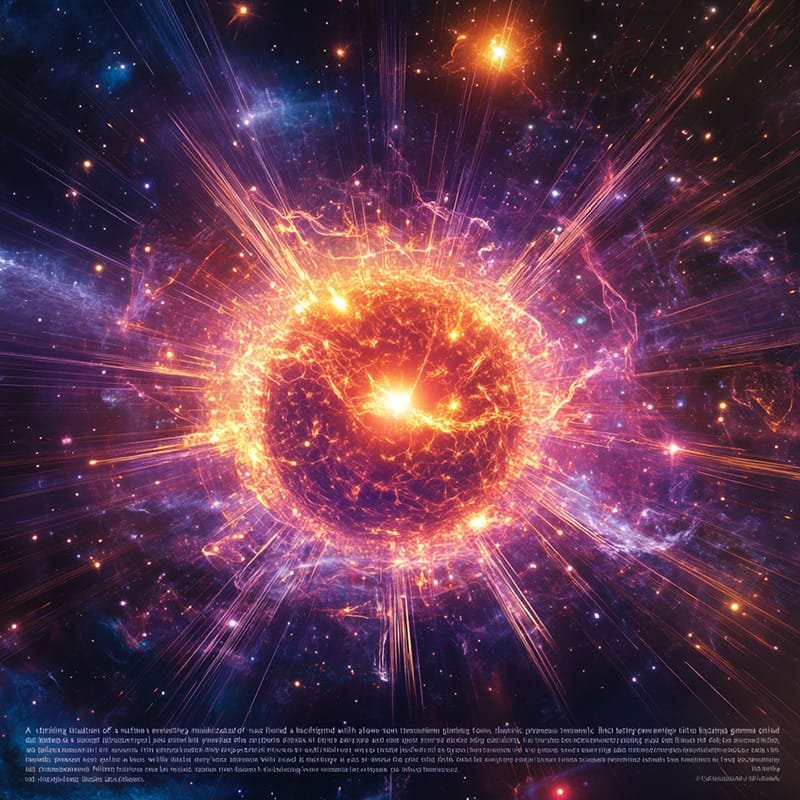
The Role of Supernovae in Detecting Axions
Recent research conducted by astrophysicists at the University of California Berkeley suggests that a nearby supernova could be key to detecting axions. According to their study, axions would be produced in large quantities during the first 10 seconds after a massive star undergoes core collapse and becomes a neutron star. These axions would then escape and be transformed into high-energy gamma rays in the star’s intense magnetic field.
The Importance of Timing
Detecting axions from a supernova requires precise timing. The gamma rays produced by axions would only last for about 10 seconds after the neutron star forms. Therefore, a gamma-ray space telescope must be pointed at the supernova at exactly the right moment to capture this fleeting signal.
The Fermi Gamma-ray Space Telescope
The Fermi Gamma-ray Space Telescope is currently the only observatory capable of detecting cosmic gamma-ray sources. With its wide field of view, Fermi has about a one-in-ten chance of spotting a supernova. If successful, Fermi could detect or rule out the QCD axion across much of its parameter space, providing valuable insights into the nature of dark matter.
The Need for a Next-Generation Telescope
To increase the chances of detecting axions, researchers propose the development of a next-generation gamma-ray telescope known as the GALactic AXion Instrument for Supernova (GALAXIS). This advanced telescope would be specifically designed to search for axions, leveraging the unique properties of neutron stars as axion laboratories.
The Significance of a Nearby Supernova
The last time astronomers observed a nearby supernova was in 1987, when a Type II supernova (SN1987A) appeared in the Large Magellanic Cloud, approximately 168,000 light-years from Earth. At the time, NASA’s Solar Maximum Mission (SMM) was observing the region but lacked the sensitivity to detect the predicted intensity of gamma rays. With modern gamma-ray telescopes, a similar event could provide the breakthrough needed to detect axions.
The Potential Impact of Detection
Detecting axions from a supernova would have profound implications for our understanding of dark matter. A single detection could pinpoint the mass of an axion over a wide range of theoretical masses, allowing laboratory experiments to focus on confirming this mass. Even a lack of detection would help narrow the search for dark matter by eliminating a large range of potential axion masses.
Wrap-up
The search for dark matter has been a long and challenging journey, but recent research offers hope that a nearby supernova could finally reveal its nature. By detecting axions, scientists could unlock the secrets of dark matter and gain a deeper understanding of the universe. As researchers continue to explore this possibility, the Fermi Gamma-ray Space Telescope and future instruments like GALAXIS will play a crucial role in this exciting quest.Understanding dark matter is not just a scientific endeavor; it is a quest to comprehend the fundamental forces shaping our universe. As research progresses, we may uncover answers that redefine our understanding of the cosmos and our place within it.



